Folk remedies for caterpillars on cabbage
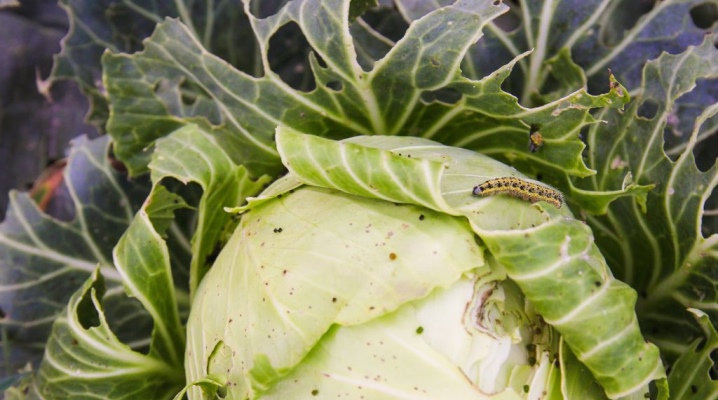
Cabbage is one of the most popular vegetables, as many tasty and healthy dishes are made from it. But in order for a vegetable to grow healthy and fit for food, it must be protected from the effects of numerous pests. The pests that most often attack this culture are caterpillars of all kinds of butterflies. You can get rid of them by different methods, including folk ones.
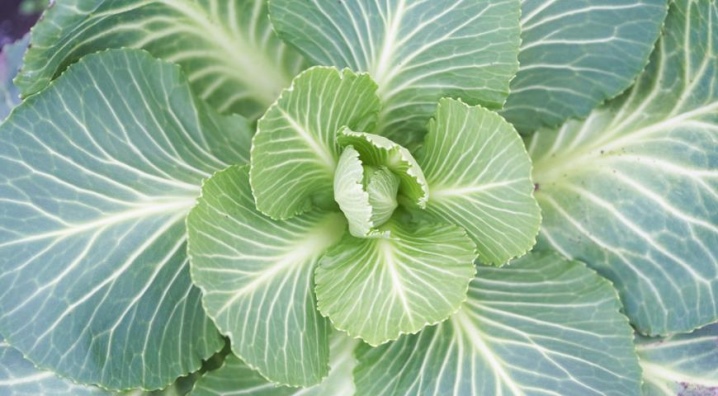
Description of the pest
If cabbage grows in the garden, and butterflies begin to fly over it, this is the first signal that action needs to be taken. Caterpillars appear from different butterflies, but most often these are 4 main types of insects.
- Cabbage moth. This insect appears at the very end of April and is a small brown butterfly. After a couple of weeks, the female lays eggs. The butterfly lives for a month, and during this time it manages to lay almost fifty eggs. The masonry is always located at the bottom of the sheet plate. Even in the larval stage, the cabbage moth begins to feed on the sap of the plant. The caterpillar that appears is green or brown in color, its length is 1 centimeter. The insect moves quickly, and if it senses danger, it curls up and falls off the leaf.
- Belyanka. This butterfly is also called cabbage. The insect is large in size, its color is white. It flies only during the day, especially actively in the heat. Lays eggs in piles on the bottom of the sheet. Each pile contains 200 pieces. Caterpillars are recognized instantly: they are rather large creeping, about 5 cm in length, yellow-green, with dark stripes or spots on the body. In addition, the body is covered with fine hair.
- Cabbage scoop. It is a large brown butterfly with a wide wingspan. Most of all, she loves high humidity. During the day you cannot find it, but at night it often flies into the light. Lays eggs, from which green voracious larvae emerge, quickly turning into brown caterpillars up to 5 centimeters long. A yellow stripe is clearly visible on the side of their body. One of the most dangerous caterpillars, as it poisons the head of cabbage with toxins, making it unsuitable for human consumption. The fertility of the insect is also striking: during the entire cycle of its life, it can lay more than 2.5 thousand eggs.
- Cabbage moth. This is another moth. Her wings are light, with ornaments and yellowish-brown edges. Lays relatively few eggs - up to 60, but it's too early to rejoice. The larvae that appear have a light green color, and they want to eat immediately after their birth. In a very short time, a yellow-green caterpillar appears, on the back of which rows of warts with hairs are clearly traced. Like scoops, these caterpillars poison crops.


It is quite easy to recognize the appearance of a pest on cabbage. The first sign, as already mentioned, will be butterflies. The second is the state of the head of cabbage itself. Cabbage leaves will be gnawed, because caterpillars are happy to eat fresh pulp.
If you start the plant, then only veins will remain from the leaves. After that, the insect will move to the head of cabbage itself, and there will be no good harvest.
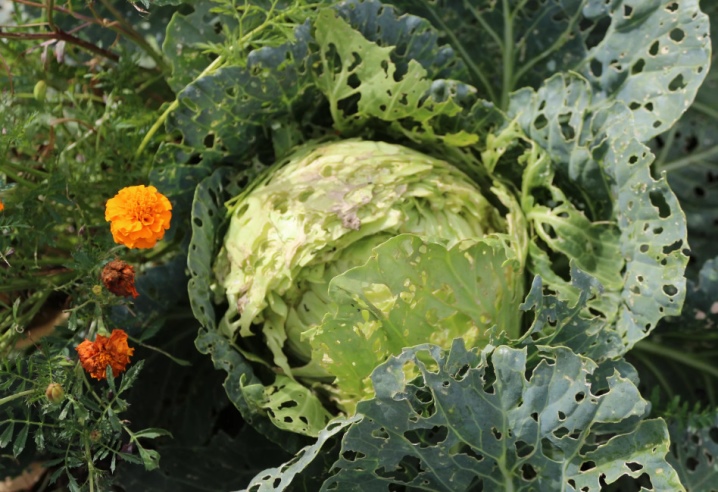
How to water or spray?
Traditional methods are an excellent option for controlling insects. It is good because the gardener will use home remedies that will not harm people, animals and the plants themselves. It is also the only solution if the harvest is due soon. The most popular ideas are liquid infusions and decoctions. We will now consider the features of the preparation of some of them.
Composition of water and vinegar
Vinegar is known to have a fairly strong aroma. He will scare away uninvited guests from the garden. It is not difficult to make a solution. To do this, take a bucket of water for 10 liters, and then pour about 125 grams of vinegar 9% there. Stir and draw into a spray bottle. You need to spray both the top and bottom of the leaf. You can also pour the composition into a watering can and water the earth. You need to process cabbage with such a solution every 10 days. But keep in mind that insects quickly get used to one thing, so it is better to alternate the compositions.
Another option is to use vinegar essence. You need to take two tablespoons of this substance and dilute in the same 10 liters of water. The solution is supplemented with two tablespoons of salt or 25 grams of ammonia.
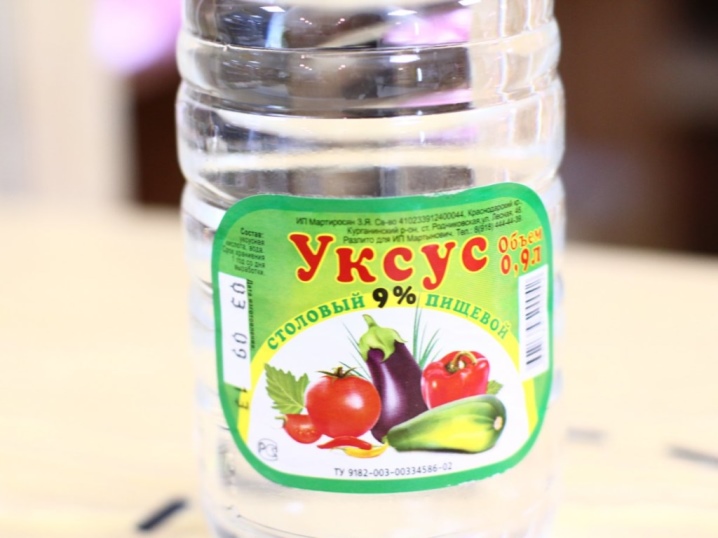
Processing should be carried out on a cloudy and windless day, preferably in the late afternoon.
Aqueous solution of sodium chloride
Salt water can also have a detrimental effect on the caterpillars of absolutely all butterflies. To remove the pest, stir two tablespoons of regular kitchen salt in a ten-liter bucket of water. The finished composition will have to shed both the leaves and the soil.

Ammonia
This product has an incredibly strong and pungent odor, so it can be turned into a weapon in the fight against parasites. The substance is also good in that it gives crops the nitrogen they need so much for rapid growth, as well as deoxidizing the soil, which is useful for cabbage plantations. The minus of ammonia is rapid weathering. If it rains, the product is washed off immediately, so it is important to use it in combination with something.
However, for a quick effect, you can also prepare a standard solution. Water is collected in a watering can, and then ammonia is added there. The dosage depends on the concentration of alcohol. If it is 10%, two tablespoons are enough, for 25% one will be enough. Leaves and soil should be watered every 10 days.
In addition to the classic composition, there is another effective recipe. In it, ash is combined with ammonia. 50 ml of ammonia is poured into a bucket of 10 liters, and three quarters of a glass of wood ash is poured into the same. According to reviews, such a tool is able to get rid of caterpillars after double processing.
By the way, ash can be successfully replaced with grated laundry soap.
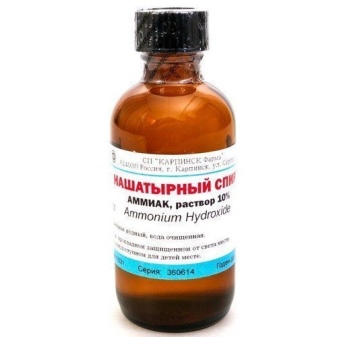
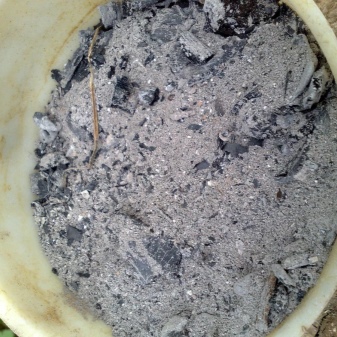
Laundry soap solution
Soap is an excellent fixer, allowing other products to settle on the leaves and last much longer. But a clean solution will also work. Three hundred grams of grated laundry soap is diluted in a ten-liter bucket, and then filtered so that there are no lumps left that can cause a burn. This product should be sprayed on the top and bottom of the sheet.
Besides, Soap is often used in other solutions, and one of the most popular is chamomile. 1 kilogram of chamomile leaves are poured into a ten-liter bucket and supplemented with 50 grams of soap. You need to poison the caterpillars by spraying the leaves. After a week, the procedure should be repeated.
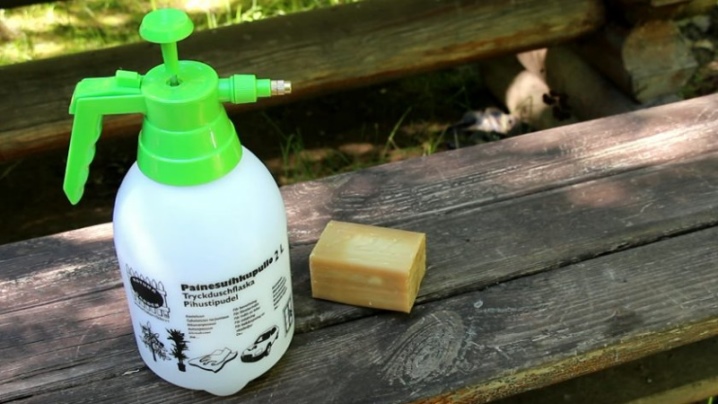
Infusions and decoctions of herbs
Several popular recipes can be distinguished here.
- Burdock. This herb is filled in a third of a ten-liter bucket, and then filled with water so that it covers the greens. The composition is infused for three days, then it is filtered and drawn into a spray bottle. Processing is carried out three times a week.
- Bay leaf. Take 10 grams of raw material, fill it with a liter of boiling water. When the broth cools down, it can be used for its intended purpose. This remedy is used every 7 days.
- Dandelion. It is necessary to take half a kilogram of dandelions, while taking everything: flowers, and roots, and leaves, and stems. Raw materials are put in a ten-liter bucket, supplemented with a tablespoon of liquid laundry soap. Infused for 10-12 hours, then used for processing. Can be applied every 7-10 days.
- Valerian. It is necessary to scroll fresh valerian in a meat grinder, getting the juice.About 15 drops of juice are poured into a 10 liter bucket of water. You can remove aphids if you spray cabbage with this composition a couple of times a week.
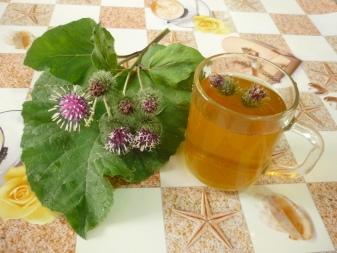
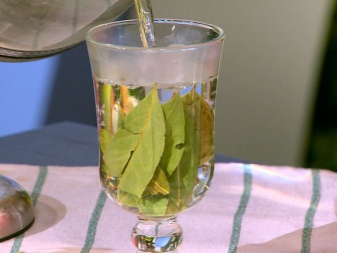
Other recipes
In addition to the recipes already described, there are some more effective formulations.
- Onion peel. Caterpillars cannot stand harsh aromas, and the smell of onions will be extremely unpleasant for them. A liter jar of previously collected husk is poured into a two-liter saucepan. The mixture is put on fire and brought to a boil. As soon as the water begins to boil, you should remove the container from the heat and let it brew for a day. The composition is recommended for use a couple of times a week.
- Tomato or potato tops. Tomato tops are taken in the following quantities: 2 kilograms - dry, 4 - fresh. It is poured with five liters of boiling water, infused for about 4 hours, after which it is boiled for another three hours. The finished composition must be diluted with water in a ratio of 1: 2. As for the potato tops, the dry one is taken in the amount of 1 kilogram, the fresh one - one and a half. Pour boiling water over, leave for 4 hours. Then add about 30 grams of grated soap and immediately proceed to the processing of cabbage. Frequency - once every 7 days.
- Hot chilli pepper. This is another plant with a pungent odor. About one hundred grams of pods are placed in a saucepan, poured with a liter of cold water, covered with a lid and put on fire. Boil for an hour, then leave for two days. Then you need to pull out the pods and crush them with a spoon so that the juice goes. The last step is to put the pods in a 10 liter bucket, pour the broth there. Strain everything and use as a sprayer once every couple of weeks.
- Garlic. Like onions, garlic can easily expel unwanted pests from the site. Ten heads are divided into slices and, without removing the skin from the cloves, they are chopped with a knife. Pour hot water in the amount of five liters, insist for three days. Can be applied 1-2 times a week.
- Chicken droppings. Two hundred grams of droppings are well mixed in 10 liters of cool water. The solution should stand for a day until tender. Both the leaves and the soil are shed from the watering can. It is best to use the composition once every 2 weeks.
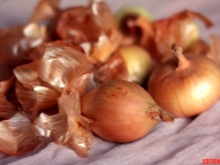
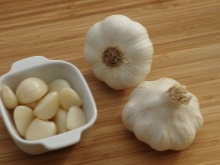
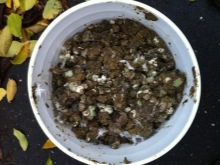
What can you sprinkle with?
If you notice that butterflies are flying over the cabbage, then you can use various powders against them. This technique is less effective than the preparation of liquid solutions, but it will allow you to effortlessly save the culture in the early stages of parasite development. Sprinkle plants with the following ingredients.
- A mixture of baking soda and flour. These inexpensive components are found in every home. They should be mixed in a 1: 1 ratio. To enhance the effect, you can add pollen from some cruciferous culture. For example, it can be arugula, spinach, rape, radish, turnip, radish, and the same cabbage in different variations. The resulting mixture is sprinkled on the leaves of the culture, as well as the ground around it.
- Slaked lime. In another way, such lime is called fluff. This is a very famous fertilizer used by hundreds of summer residents, but few people know that this substance also helps to remove caterpillars from cabbage. They need to sprinkle the leaves, but it is important that they are moist, because this is the only way the lime can gain a foothold. After rain, the procedure is repeated, and so on until the culture is completely cured. In addition, lime can be poured into the aisles, but gardeners say that this helps more with slugs than with caterpillars.
- Egg shells. Eggshells are better known as fertilizer for the soil, but some summer residents sprinkle them on wet cabbage leaves. The shell, even the smallest, quickly falls off, so other techniques can be used. For example, one interesting application is hanging large pieces of shells over cabbage on strings or stringing them on long sticks. The structure will sway in the wind, and the so-called snag will work: the butterflies will think that the place has already been taken and will fly away. This is a pretty interesting but powerful method.
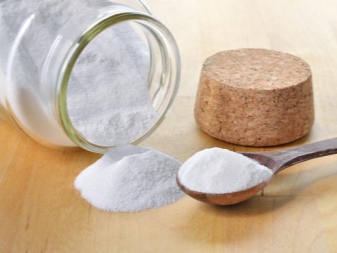

In addition to the sprinkles, some ingredients can be placed directly on top of or next to the cabbage. Such a component can be, for example, potato tops or stepchildren from tomatoes. Both types of greens give off an odor that will be unpleasant for butterflies. You can also use wormwood.
Hand picking insects
This is a rather time-consuming and time-consuming method, so it is inappropriate to advise it to anyone. It consists in the fact that you need to regularly observe the plants. If butterflies appear over the cabbage, you should immediately take action. The sheets are carefully examined, and the found pests have to be destroyed. It is important that this be done before they move to the head of cabbage itself, because in this case nothing can be done.
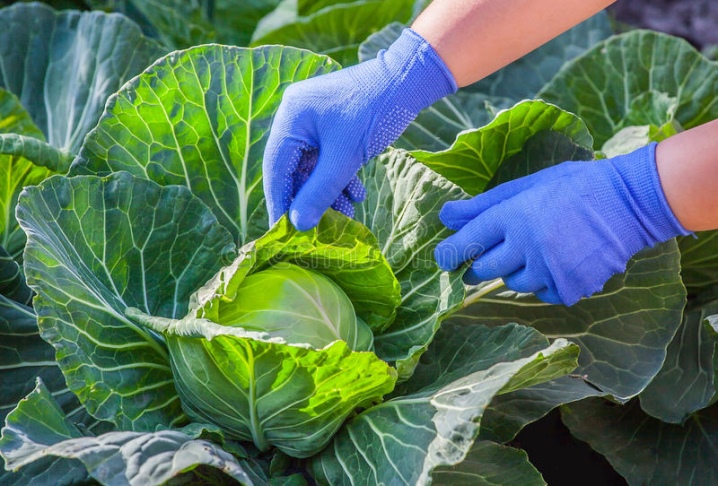
Another disadvantage of this method is that some caterpillars release toxins that can negatively affect the skin, causing rashes and irritation. It is necessary to carry out such work with gloves.
Shelter construction
You can protect the culture from cabbage butterflies with the help of a shelter. This is an excellent option for summer residents who have large gardens, where there is no opportunity to closely observe each crop, as well as for those who do not live on the site, but visit there a couple of times a week. It should be noted that the shelter saves not only from caterpillars and butterflies, but also from drying out, and after all, cabbage is a very moisture-loving culture. Shelter for young seedlings will be especially relevant.
It is very easy to make a "house" for cabbage. The first option is to use a grid. A fine-mesh mesh is thrown over the crop immediately after planting it, you need to water and feed through it. It is important that the material does not constrain the heads of cabbage, therefore, as the cabbage grows, the net needs to be stretched and relaxed. In general, it can be laid without a frame, but summer residents are advised to do it nevertheless, all the more so it is not difficult. It is enough just to hammer a few wooden pegs around the perimeter of the plantings, throw on a net and attach it to the posts with wire.

The second option is to use thin spunbond or agrofibre. Cover the cabbage and put a brick under the fabric. When the culture grows, the bricks are replaced with poles. Watering is carried out directly through the fabric, since the material is perfectly permeable to water. They remove such a shelter just before harvesting. Interestingly, some summer residents use a regular mosquito net instead of a spunbond - this is a budget and good solution. There are also special cabbage hats on sale that can be purchased at horticultural stores. Such "clothes" are worn on each head of cabbage separately and provide excellent protection against parasites.
Important: you should not cover the cabbage with a film, since such a shelter will often need to be removed for ventilation, and it will also give a greenhouse effect, which is completely unnecessary for an adult culture.
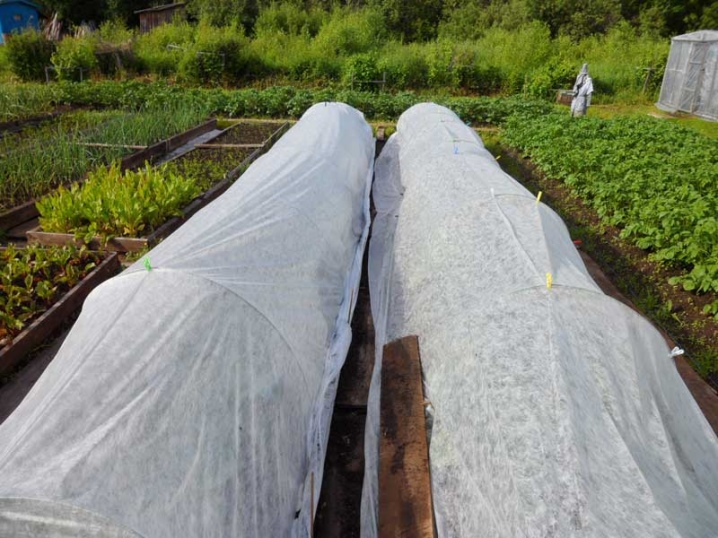
Useful Tips
A completely free and effective option for protecting cabbage will be to attract birds and beneficial insects to the site. It is better to do this in advance, before the pests appear. Swallows, titmouses and sparrows will be of great help. These birds will catch and eat butterflies on the site, preventing the latter from giving birth to offspring. They will also help in the fight against caterpillars and cuckoos: this bird is absolutely not afraid of caterpillar toxins, and cuckoos eat them with pleasure. You can also try to attract starlings and rooks. To do this, you should hang out the food troughs.
In addition to birds, caterpillars are eaten with pleasure by toads, frogs and lizards. If you breed these creatures, the insects will have no chance. Malicious parasites will also become excellent food for praying mantises, ground beetles, and grasshoppers. The cabbage whitewash is 100% likely to be destroyed by the apanteles rider: a small black insect with wings that lays eggs directly into the body of the pest. Trichogramma ordinary will help against other types of caterpillars.
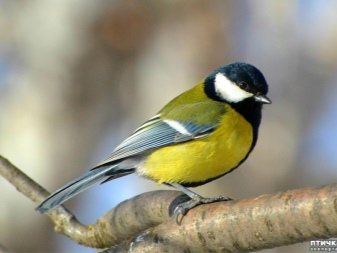
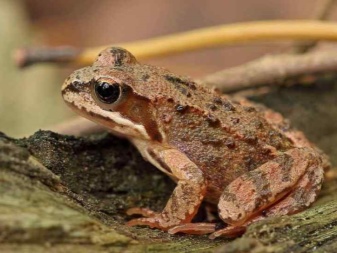
Many summer residents also use wasps.While not everyone's liking, these insects help the ecosystem by killing pests. Wasps take larvae from the foliage, feeding them to their offspring.
Attracting striped guests is very simple: dissolve a little sugar in water and sprinkle over the cabbage growing area. You can also collect sweet water or jam in small containers and arrange them around the area.
Consider some other tips for protecting cabbage from caterpillars.
- Disinfect it before planting seedlings. Growth stimulants can also be used to make the seedlings healthier and more likely to gain a foothold in their new habitat.
- Pay attention to the quality of the soil: if pests or diseases have been observed in recent years, the soil must be dug up and disinfected. The easiest way is to spill it with boiling water.
- Once the crop is harvested, clean the area well. Remove crop residues, especially leaves. Do not leave them on the site: take them out into the forest or burn them.
- If weeds grow next to your garden, take a closer look at them. Perhaps there are representatives of the cruciferous among them. Pests from such grasses may well fly to cabbage, so it is better to remove such weeds.
- Weed grasses need to be weeded out regularly and on the site itself. Get rid of any weeds right away, as they instantly attract butterflies to the garden.
- It makes sense to plant strong-smelling plants next to the cabbage. It can be onions and garlic, mint, calendula, wormwood and any other herbs with a strong aroma. Such crops will quickly discourage butterflies from flying to cabbage plantations.
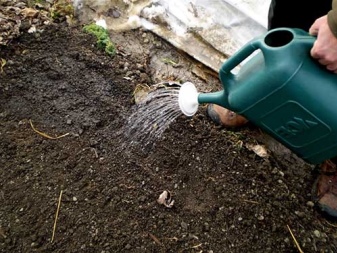
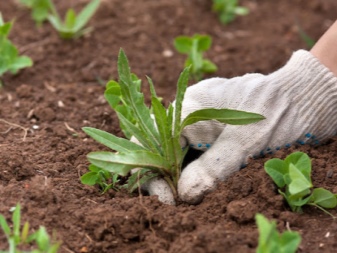
As seen, there are a lot of means for fighting cabbage caterpillars. The main thing is not to delay treatment, because in just a few weeks insects can create entire colonies, and then chemical insecticides will have to be used, which can adversely affect both the quality of the crop and human health, beneficial insects and birds, as well as pets. walking around the site.
Watch a video on the topic.













The comment was sent successfully.